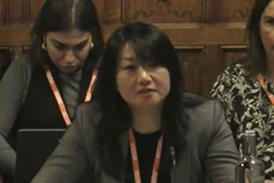Judgments must be clearer and more concise if the public is to retain confidence in the justice system, according to president of the Supreme Court Lord Neuberger.
In the annual Bailii lecture this week, Neuberger said the increasing appearance of the self-represented litigant has accelerated the need to improve the clarity of judgments.
He described limiting the intended readership to lawyers, judges and academics as ‘myopic’.
‘Every judgment should be sufficiently well-written to enable interested and reasonably intelligent non-lawyers to understand who the parties were, what the case was about, what the disputed issues were, what decision the judge reached, and why that decision was reached,’ he said.
Neuberger recommended that judges should include a short summary at the start of each judgment and provide guidance to its structure and contents.
More controversially, he suggested, judges should take a more ‘rigorous approach’ to cutting the length of judgments and should limit the use of dissenting or concurrent judgments unless they improve understanding of the leading one.
Neuberger said: ‘Our judicial approach to judgments has historically tended to be one where our contemplated readership consisted solely of professional and academic lawyers and fellow judges.
‘The fact that it crucially includes the parties to the litigation and future litigants (who will often be self-represented) and (when they are not) their advisers, emphasises the need for courts at all levels to explain as clearly and as shortly as possible, the facts, issues, outcome and reasons.
‘If we are to maintain public confidence in the justice system, judges must make their judgments as accessible as possible, particularly to members of the public and litigants in person.’


























No comments yet